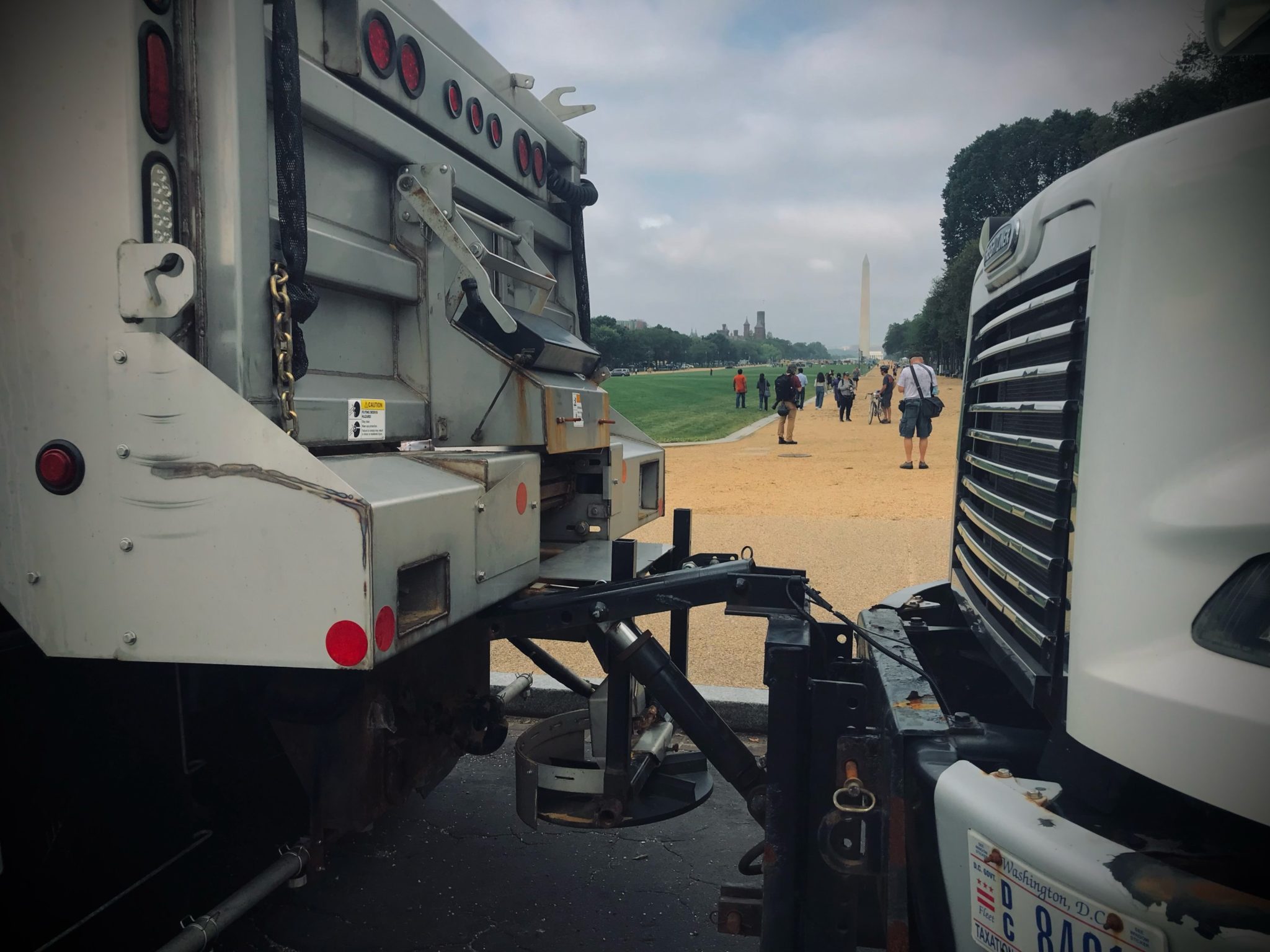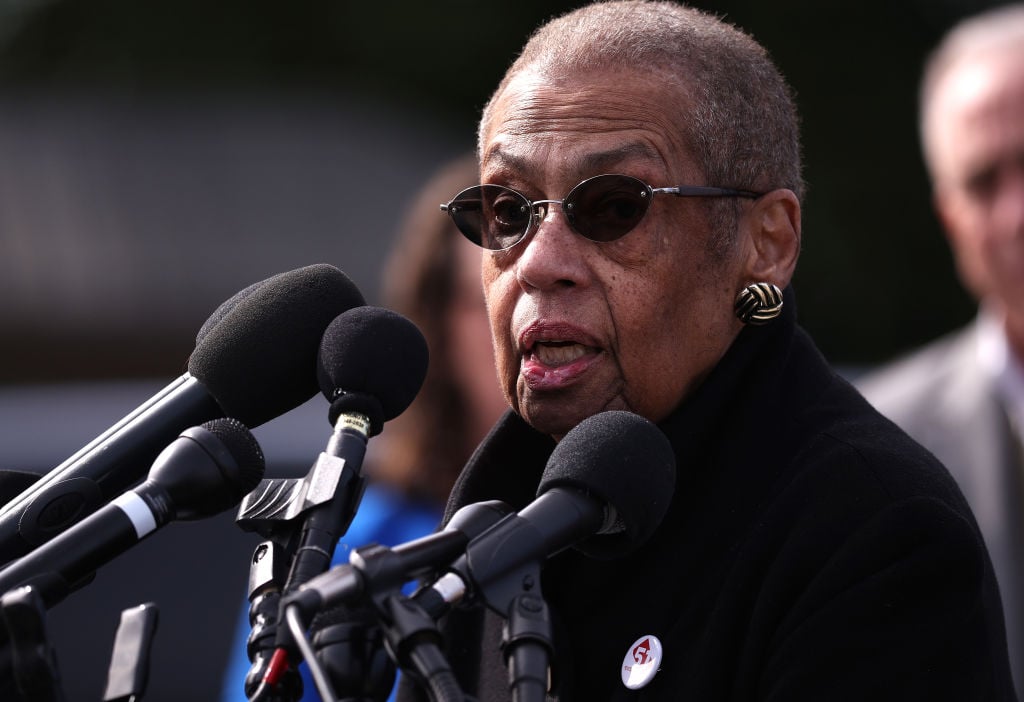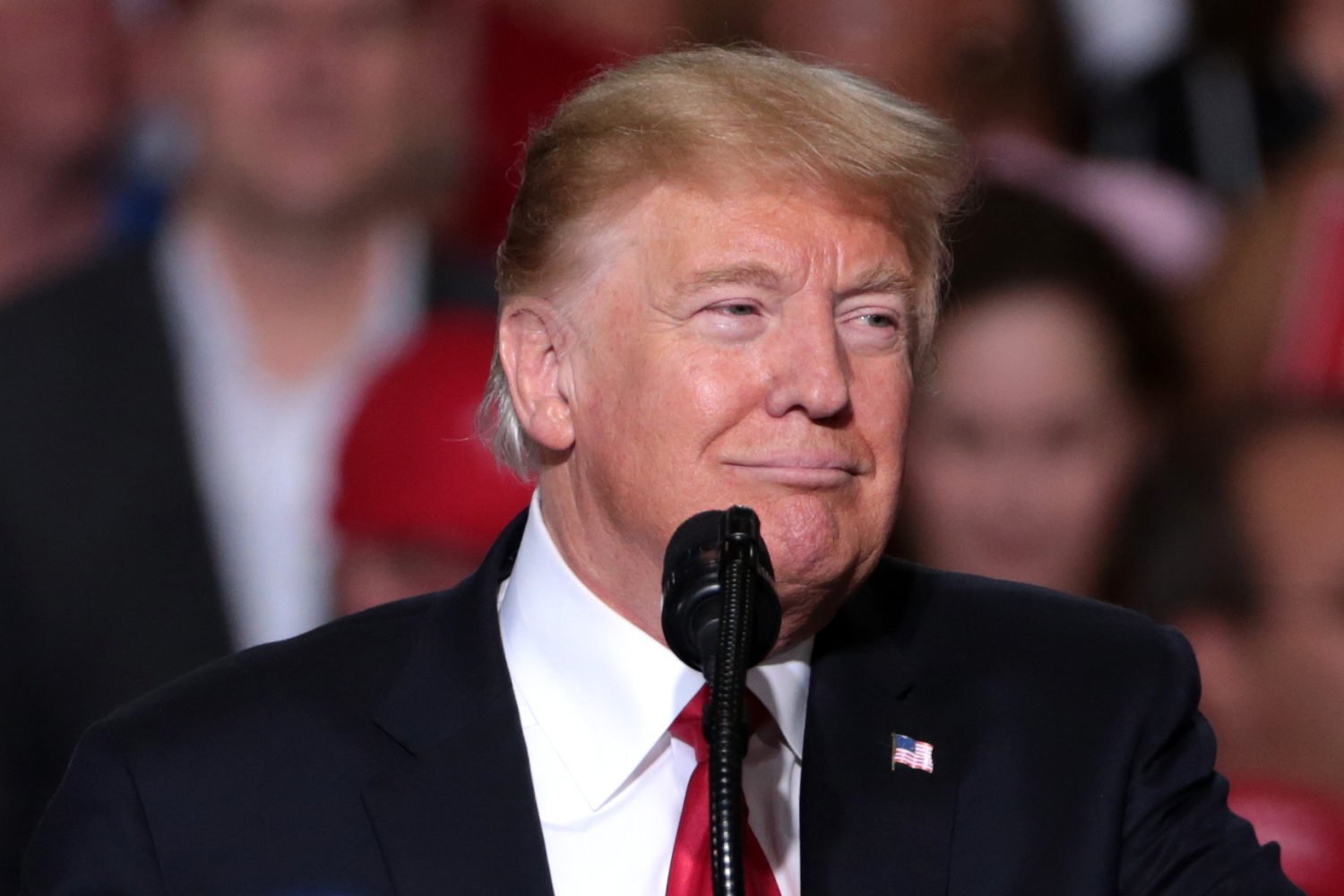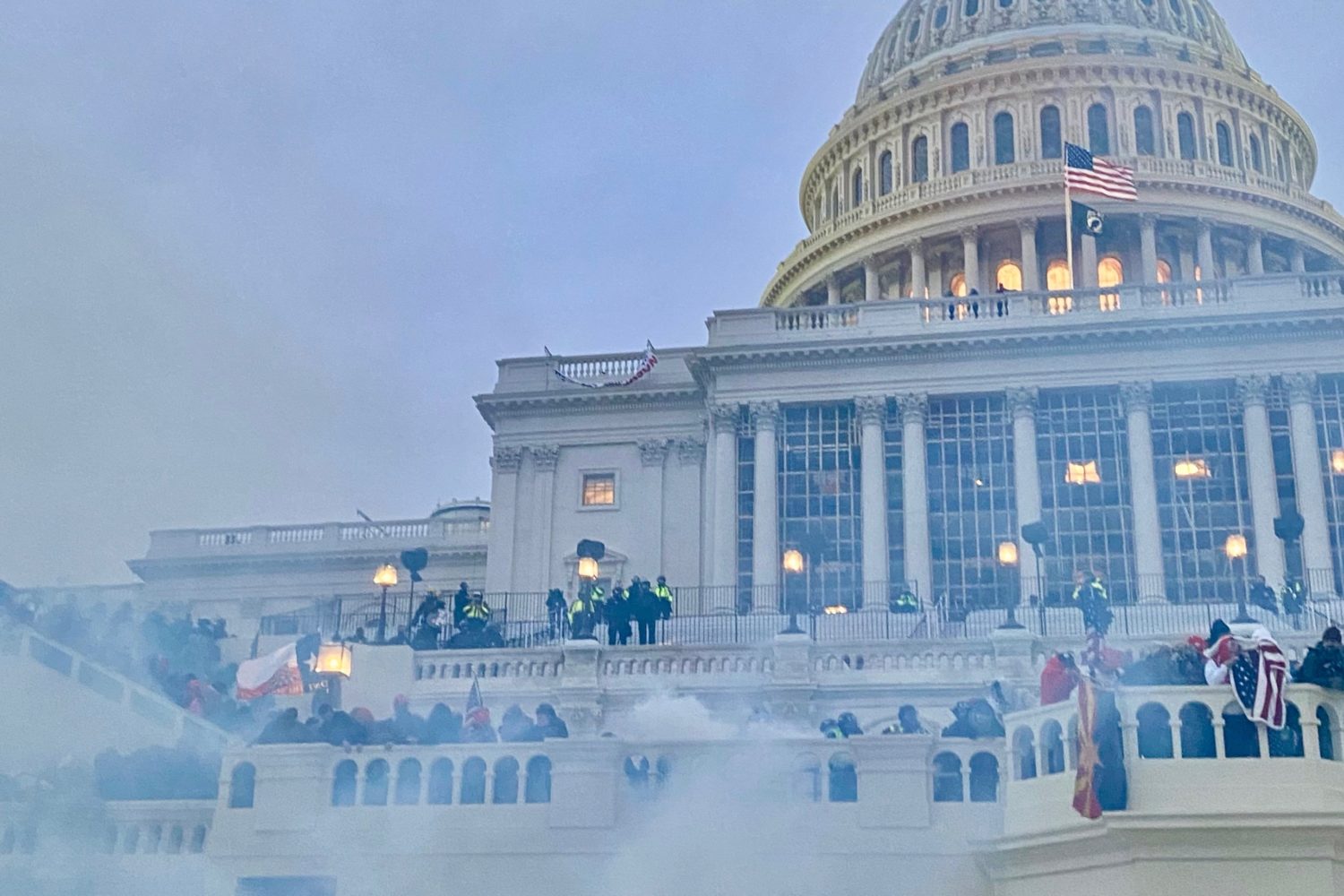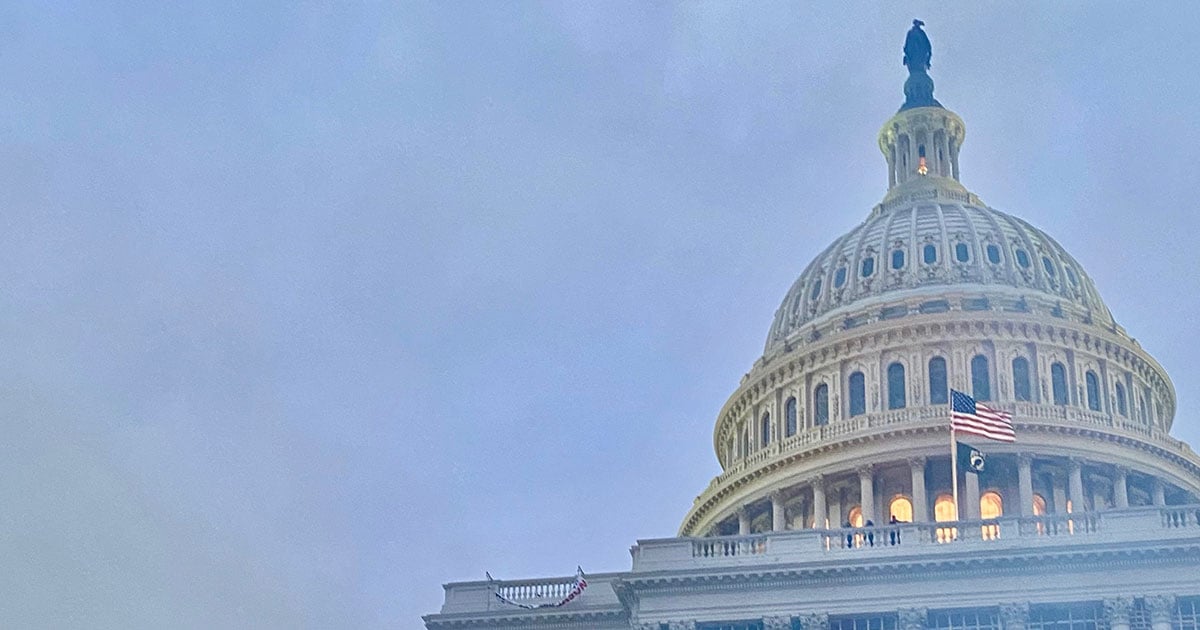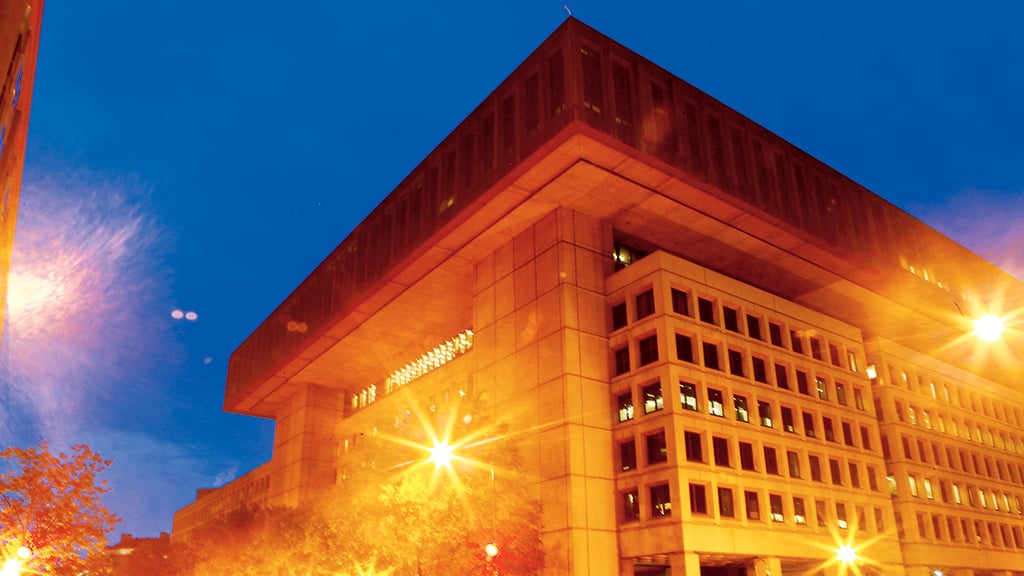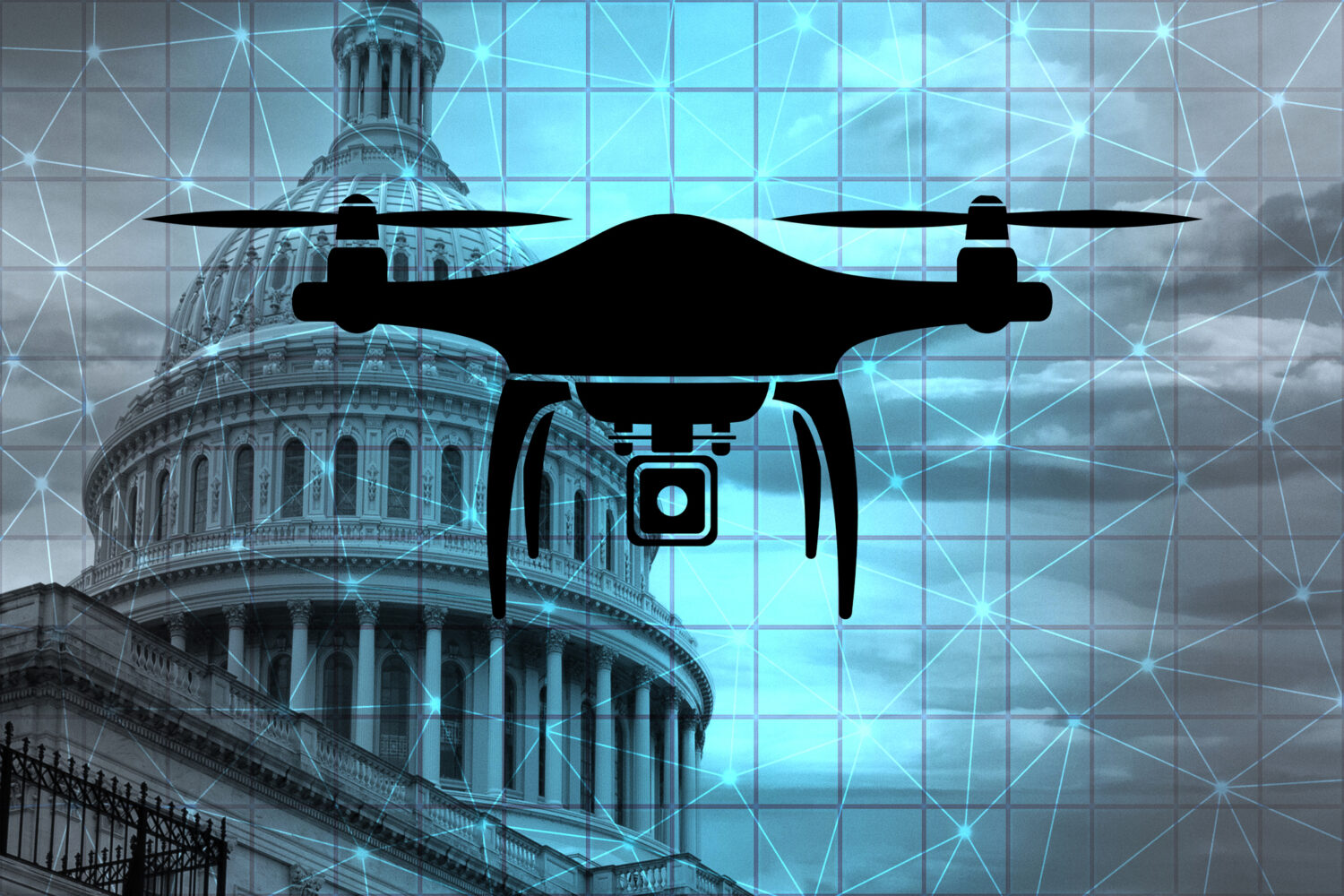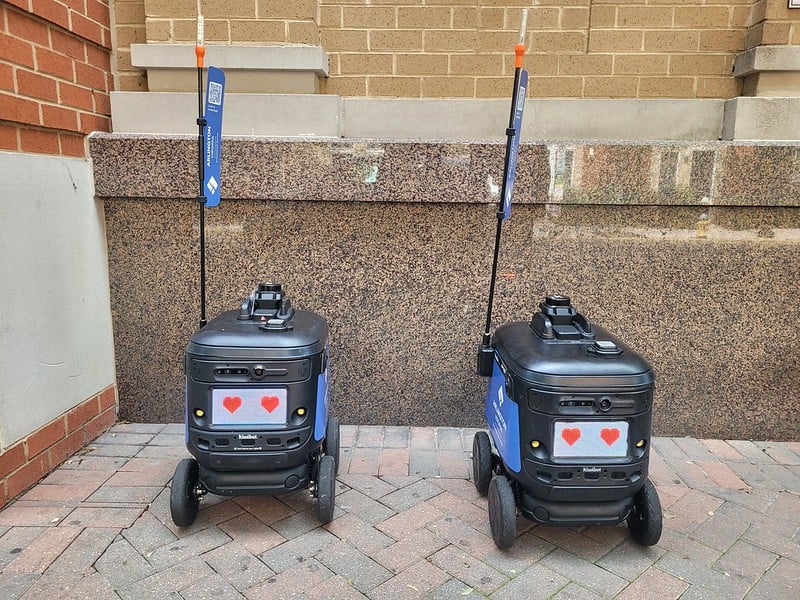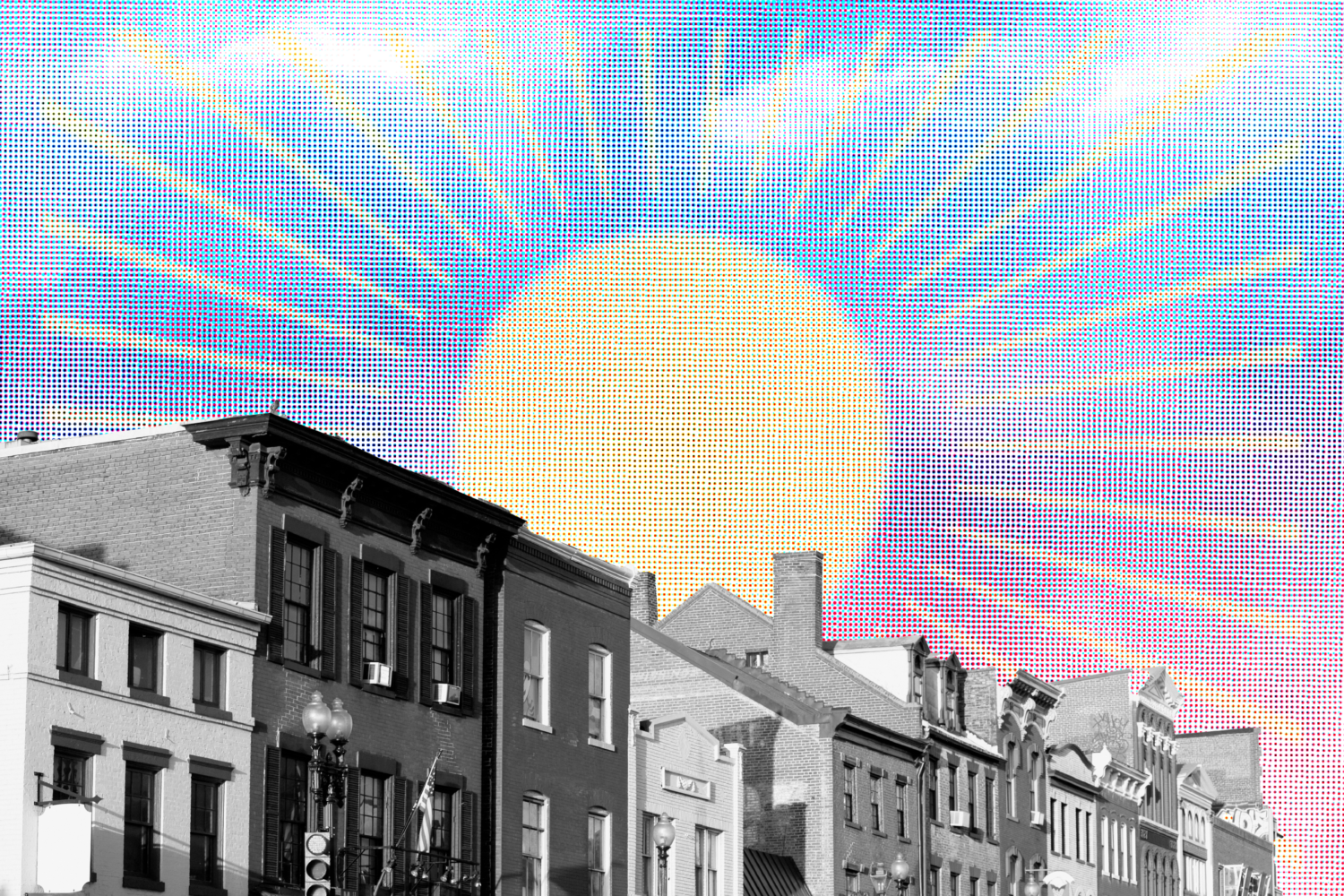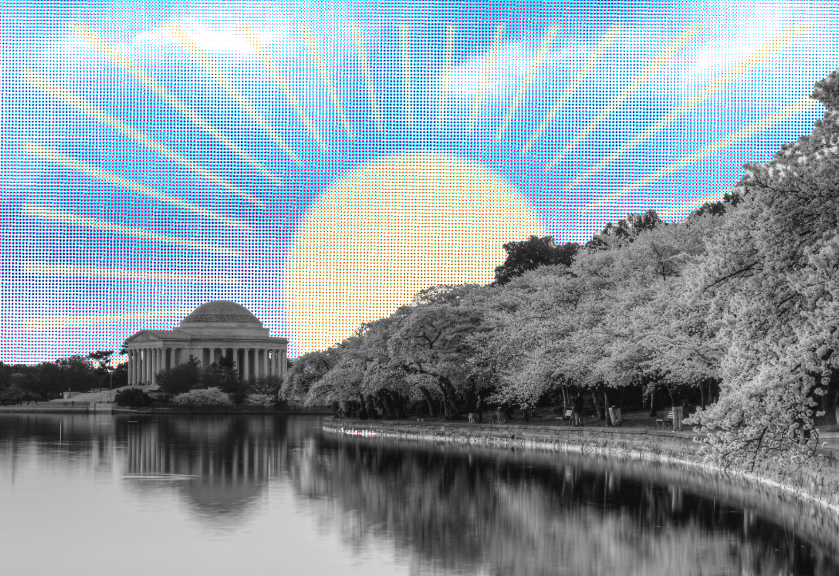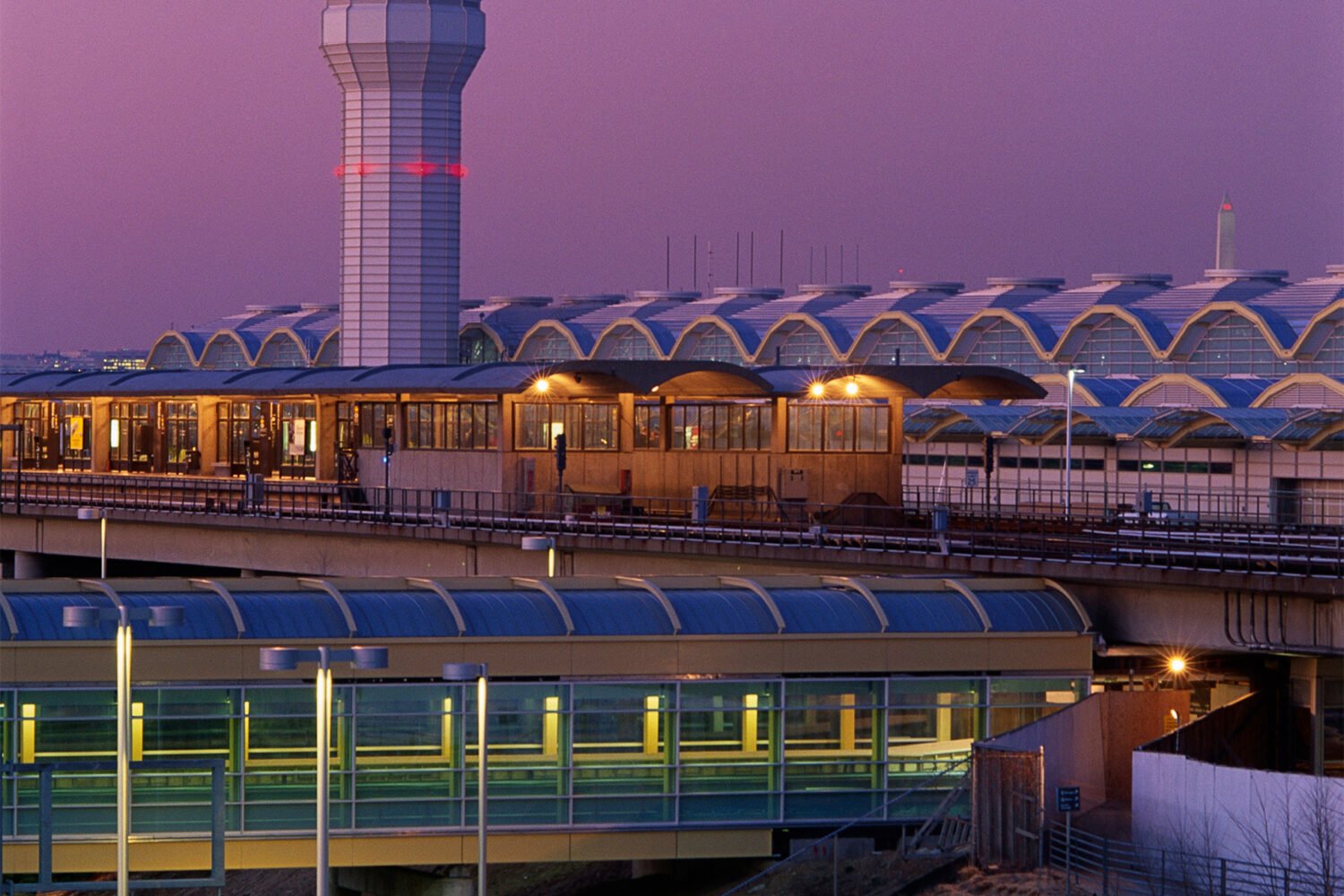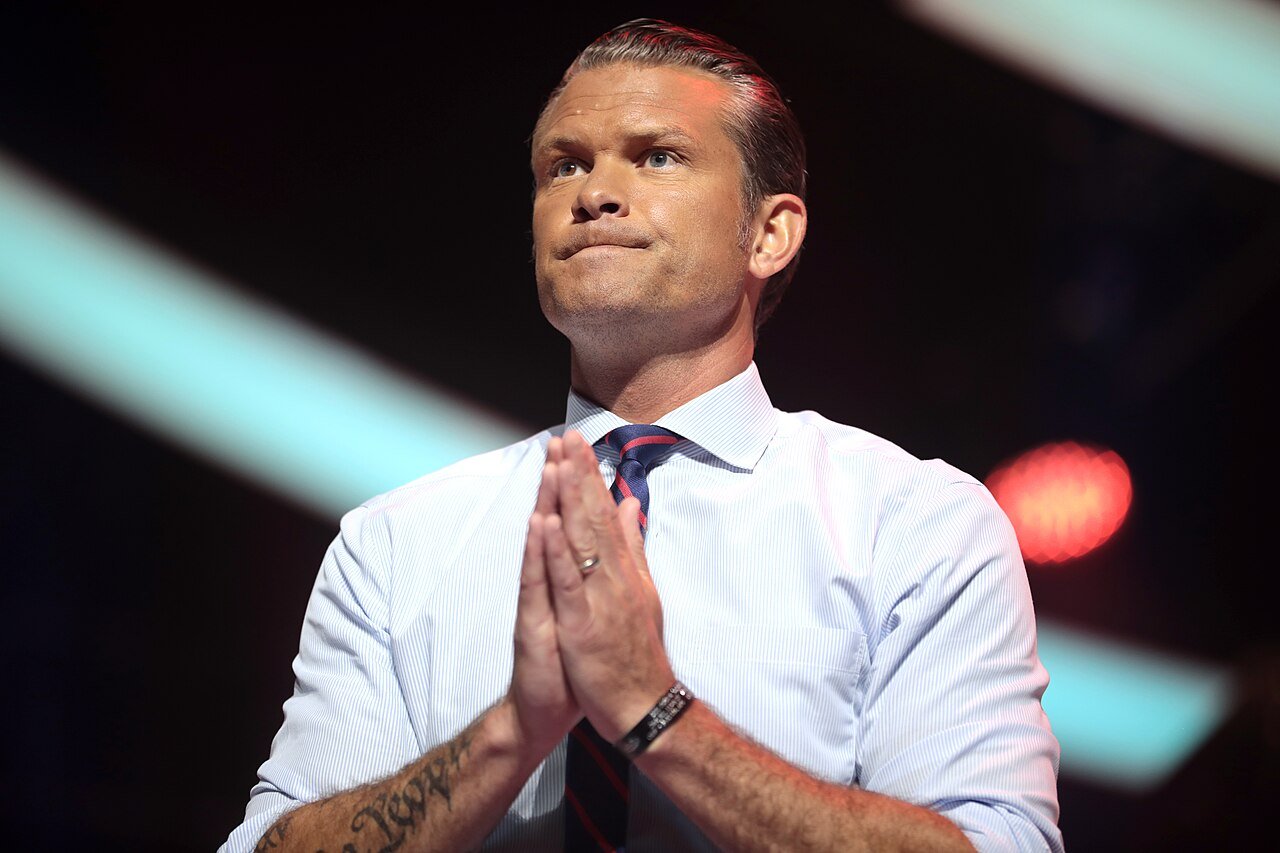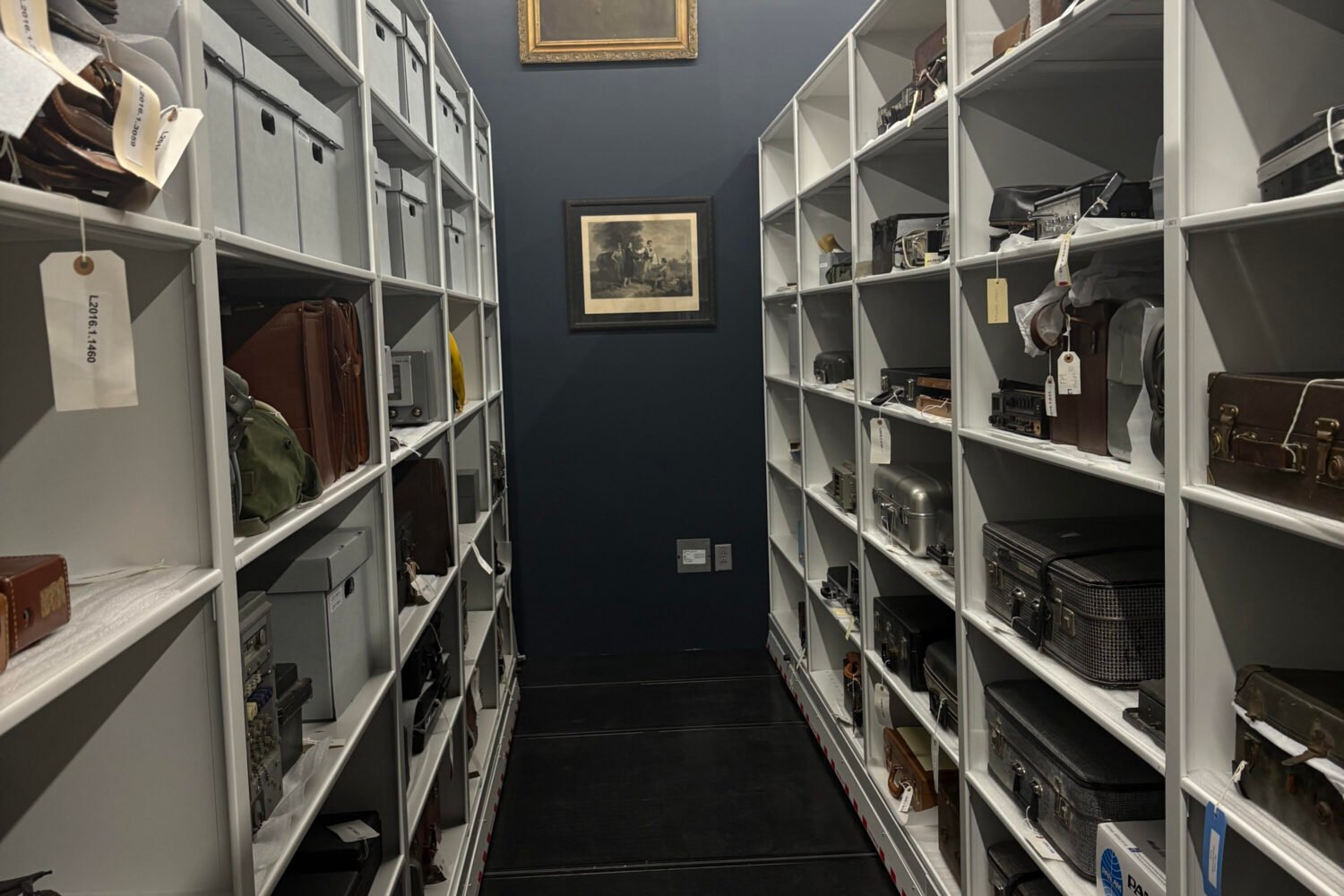Several groups, inspired by the disruptive anti-vaccine-mandate protests in Canada, have planned “trucker convoys” to DC, starting now. They have different organizers and different schedules for arriving in town, but most signs point to next week, from Tuesday, March 1, through the following weekend, as dates in which the majority of protesters will likely roll into town.
Local and federal authorities are already planning for their arrival—the Department of Homeland Security warned law enforcement officials earlier this month that convoys “could severely disrupt transportation, federal government, and law enforcement operations through gridlock and potential counterprotests,” and the US Department of Defense has approved the deployment of up to 700 unarmed National Guard troops to aid police forces in DC with traffic control. Fencing around the Capitol will likely return—March 1, the day President Biden gives his first State of the Union address, is also the day the organizer of one convoy plans a rally on the Washington Monument grounds.
To learn more about what might be in the works for the DC area, which has been beset by this brand of increasingly dangerous anti-establishment protests since 2015, Washingtonian spoke with Jared Holt, a resident fellow at the Atlantic Council’s Digital Forensic Research Lab who studies domestic extremism.
• These things are likely for real
Reports that early actions have drawn limited participation may be amusing, but Holt says he’s seen too much chatter online to laugh the convoys off: “There’s been too many logistical conversations outlining things like routes and stopping points for me to write it off as a fabrication of the internet,” he says. The primary vehicles for organizing have been social media, both mainstream platforms like Facebook, Twitter, and Instagram as well as niche platforms like Telegram and Gab. Talk of the convoys has filtered up through right-wing media outlets like Steve Bannon’s podcast, Newsmax, and Fox News.
• Right-wing influencers are eager to glom on
The convoys have attracted proponents like Jack Posobiec, who Holt notes “has his finger in seemingly every pot of misinformation online.” What do they get out of a bunch of people with Trump flags road-tripping to DC? Such folks, Holt says, are “trying to work overtime to produce sentiments and appetite to replicate what they saw in Canada…. It’s kind of similar to January 6: they are trying to cultivate this appetite for a large-scale disruptive and chaotic protest that would seek to inhibit or halt government operations and business.”
• Their anti-vaccine-mandates message may not tell the whole story
DC’s vaccine mandate ended on February 15, and its indoor mask mandate will expire on March 1. The Supreme Court doinked President Biden’s vaccine mandate for large employers. Hope is rising around the country that the pandemic may become endemic soon, sparing us from some Covid-inspired deprivations. So why rally against a diminishing foe? Many in the convoy world have shifted their rhetoric toward ending the President’s power to declare a state of emergency, which Holt says is “a little bit wonky and niche—I don’t know that if you stopped any would-be attendee of these protests on the street and ask them about that, they would even think to mention that.” But, he notes, opposing a government policy won’t get you banned from mainstream social media sites. That’s not how convoy proponents talk among themselves: “If you go through some of the chat rooms and group pages associated with these different convoys that are happening, a lot of the discussion is ultra-conspiratorial, distinctively anti-vaccine, spreading all kinds of falsehoods.” One recent popular theory, he says: “that the COVID vaccine gives people HIV.”
• It’s still unclear what they hope to do when they get to DC
Some people may yearn for the spirit of protests that followed Trump’s election loss in 2020, particularly the “wild” protest that precipitated the January 6 attack on the US Capitol. But the largest planned convoy, the People’s Convoy, says they plan to simply disperse in the DC area. Holt’s not buying it: “It’s hard for me to imagine someone going all that way and then turning around five miles outside of DC,” he says. “People who are motivated enough to take all that time off work and spend all that money and make such a long trip, they’re going to be among the most hardcore people in this broader movement. So there’s definitely a risk there. And it seems to be a risk that authorities in the DC metro area are very aware of.”
• More violent factions on the right have been relatively quiet about the protests
Militia groups, hate groups, and the Proud Boys, whose members roamed DC looking for fights after Trump’s loss and played roles in the January 6 attack that are still being sorted out in court, have laid a bit low with regard to the convoys, Holt says. “I do imagine, though,” he says, “if a situation emerges where convoy participants and the government end up in some sort of cold standoff that those groups might then feel compelled to come step in.”
• Are we facing another January 6 situation?
I asked Holt whether I was wrong to pick up distinct January 5 vibes from these protests—maybe not another attack, but potentially large numbers of aggrieved protesters rolling into DC in the next week. “I don’t think so,” he says. “It’s definitely going to be similar in the fact that these individuals with anti-government attitudes are going to come to town and try to be as disruptive as they can. And the question is: Where are they going to draw a line? And it’s just not abundantly clear. All of these organizers keep saying they want participants to be peaceful, this is a peaceful protest, but that’s also what Trump and their people were saying.”
• Authorities seem to be better prepared this time.
Law enforcement and the feds appear to be taking pains not to be caught flatfooted again, Holt says. “These agencies, particularly in the DC area, have a really strong interest in making sure that nothing like January 6 happens again. Some of their colleagues died that day.” Some preparations may feel like overkill, he says, but they show that law enforcement is “thinking ahead to a potential worst-case scenario and making sure that they have resources ready to be deployed if they’re needed, rather than trying to scramble if things fly off the handle.”

